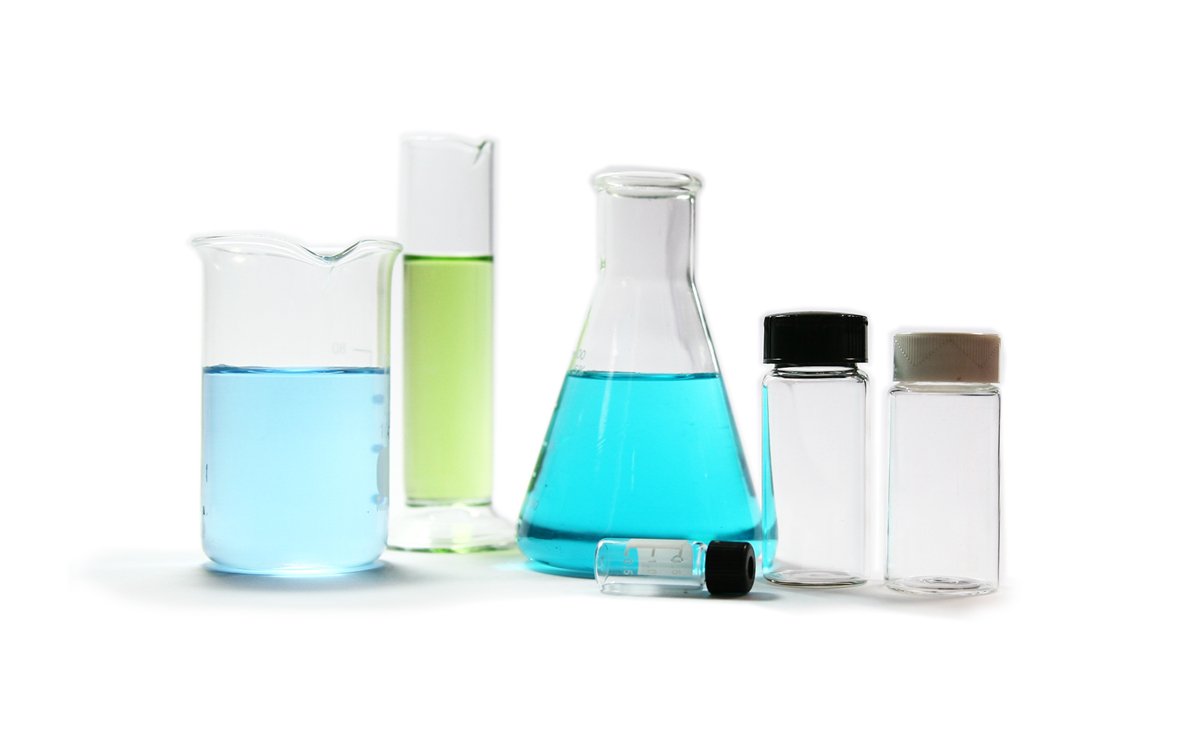Joule Article| Volume 6, ISSUE 10, P2324-2337, October 19, 2022
Link here
Continuous hydrodeoxygenation of lignin to jet-range aromatic hydrocarbons
- Michael L. Stone
- Matthew S. Webber
- William P. Mounfield III
- Joshua S. Heyne
- Gregg T. Beckham
- Yuriy Román-Leshkov5
- Show all authors
- Show footnotes
Published:September 22, 2022
Highlights
- •Stable deoxygenation of real lignin achieved with high aromatic selectivity
- •Two-pass flow-through HDO enables improved deoxygenated dimer yields
- •Deep lignin deoxygenation yields promising aromatic blendstock for use in SAF
- •Tier α characterization suggests performance-enhanced products
Context & scale
Decarbonization strategies for transportation are essential to curb climate change spurred by the use of fossil fuels. Although electrification has shown promise toward reducing the carbon footprint of passenger vehicles, aviation remains dependent on hydrocarbon fuels due to their high energy density relative to even the most advanced battery technologies available today. As such, multiple processes for the generation of sustainable aviation fuels (SAFs) have recently been developed. However, due to their lack of aromatic molecules, they require blending with conventional fuels to achieve the necessary characteristics for their safe use. By using lignin, an abundant, renewable biopolymer that has traditionally been underutilized due to its chemical recalcitrance, an aromatic SAF blendstock could be generated. This work demonstrates a process by which lignin can be selectively converted to jet-range aromatics at unprecedented carbon yields, providing a path toward a 100% drop-in SAF.
Summary
Sustainable aviation fuel (SAF) is essential to decrease the carbon footprint of the aviation industry. Although many strategies have been developed to provide the linear and branched aliphatic components of SAF, few viable strategies have been demonstrated to supply the aromatic and cycloalkane fraction of the SAF at the necessary scale from bio-based feedstocks. Lignin is the largest natural source of renewable aromatic compounds; however, major challenges in deoxygenation have prevented its use as a feedstock for SAFs. Here, we report a continuous, two-stage catalytic process using molybdenum carbide to deoxygenate lignin from poplar into aromatic hydrocarbons with 87.5% selectivity toward aromatic hydrocarbons at 86% of the theoretical carbon recovery. Tier α fuel property testing indicates that the SAF-range lignin-derived aromatic compounds are likely performance-advantaged across multiple properties relative to conventional jet fuel aromatic compounds. This work demonstrates an effective approach to convert lignin into aromatic SAF blendstocks.
Graphical abstract

Keywords
- lignin valorization
- hydrodeoxygenation
- biomass fractionation
- sustainable aviation fuels
- biofuels
- biorefining
- reductive catalytic fractionation
- lignin first
